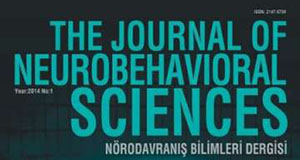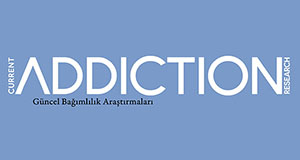
Progressive nonfluent aphasia is a slowly progressive degenerative disease characterized by atrophy in left hemisphere particularly frontotemporal. It is one of three subtypes of frontotemporal lobar degeneration (frontotemporal dementia). Unlike Alzheimer’s disease it begins between 45-65 years of age and occurs equally in both sexes usually. The reported youngest case was 21 years old. Atrophy is seen in the left hemisphere more in temporal lobe on magnetic resonance imaging. Approximately half of the cases have family history. In early it might confuse with depression and therefore diagnosis may be delayed. Brain magnetic resonance imaging is important for verification of diagnosis. In this paper, a case who early onset progressive nonfluent aphasia was mentioned.
Frontotemporal dementia (FTD) is the most common group of clinical syndromes associated with circumscribed degeneration of the anterior temporal and prefrontal lobes (Neary et al., 2005). It has been called frontotemporal lobar degeneration (FTLD) same time and non-Alzheimer disease type pathology. Behavioural changes are the presenting feature. It is dominate the clinical picture throughout the disease course. Cognitive impairments in executive function and qualitative changes in language occur. The absence of early neurological signs and findings of focal abnormalities in the frontotemporal lobes on neuroimaging contribute to diagnosis (Neary et al.,1998). Progressive nonfluent aphasia (PNFA) may be speech production is effortful and halting, with speech sound (phoneme) errors, and simplified or “agrammatic” productions. Word and simple sentence comprehension, as well as recog¬nition of nouns are preserved. Although usually with some loss of comprehension for complicated syntactic constructions. Patients with PNFA rarely have underlying Alzheimer disease. Most have a tauopathy. This is especially true of patients who manifest both apraxia of speech and agrammatism. Language variant may appear relatively non-fluent, but they do not have the more specific features of agrammatism and apraxia of speech in the some patients (Rohrer et al., 2010).




